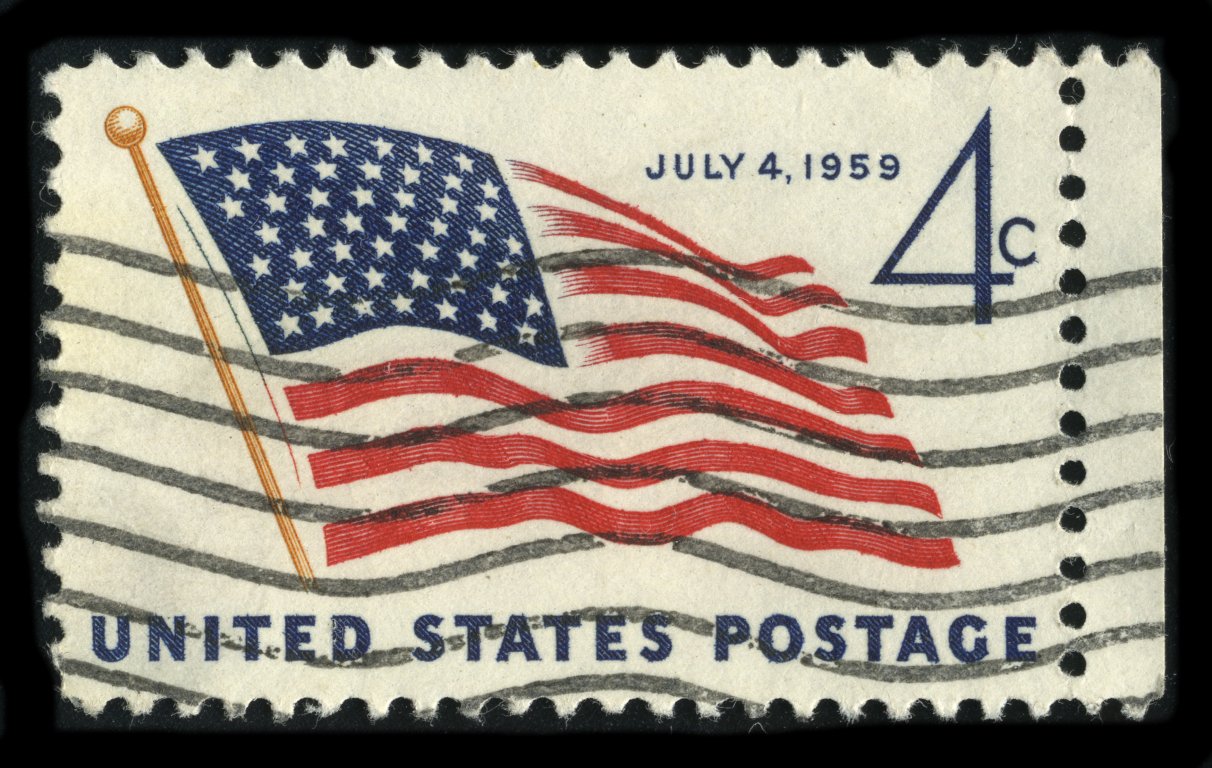As you’ve probably heard, the USPS is in deep financial trouble. They’re losing billions of dollars every year. This report from the Government Accountability Office (GAO) – Testimony Before the Committee on Oversight and Government Reform in the House of Representatives on May 11, 2016 outlines many of the challenges they face. In many cases, it may be worse than you know. Here are some key points…
- Despite declines in service levels, labor compensation and benefits account for 80% of USPS expenses. This puts them in a bind to further reduce expenses.
- First Class mail (letters, statements, invoices, etc) is the most profitable class of mail. Volume has declined from about 98 billion pieces of mail in 2006, to about 62 billion in 2015.
- As the USPS is major fulfillment service for online shopping, package volume is rising. However, USPS calculates they need $2.50 in new package revenue to offset each $1.00 lost in First Class Mail volume due to higher processing costs.
- The mandate to 100% pre-fund the retirement accounts of all past, current and future employees is often cited as the key contributor to USPS losses. However, you may not have heard that USPS has defaulted on $28.1 billion in these payments since 2007, which makes all that red ink a few shades darker.
- Even without this pre-funding requirement, the USPS would still have lost $10.8 billion during the same time period due to reduced mail volume.
While Congress will have the final say in what, if any, reforms will take place, in Postmaster General, Megan Brennan’s Written Testimony to the Committee, she outlines the position of the USPS. She outlines the major elements of their plan as follows..
- Require full Medicare integration for parts A, B and D, for postal retiree health plans (This would lower USPS exposure by moving some of the burden for retiree health benefits onto Medicare).
- Restore the exigent price increase for market-dominant products (taking back the April 2016 price decrease).
- Calculate all retirement benefit liabilities using postal-specific salary growth and demographic assumptions (they dispute the way the payments are currently calculated).
- Provide some additional product flexibility (more control over the services they offer, and what they can charge for them).
Even if they do get this entire wish list, Brennan admits it won’t be enough to solve all the USPS woes, to which the answer is more price increases. Unfortunately, we feel this will mean further declines in volume, which will lead to larger losses.
We’ll keep you posted if there are any developments from Congress, but don’t expect anything until at least November after the elections.
